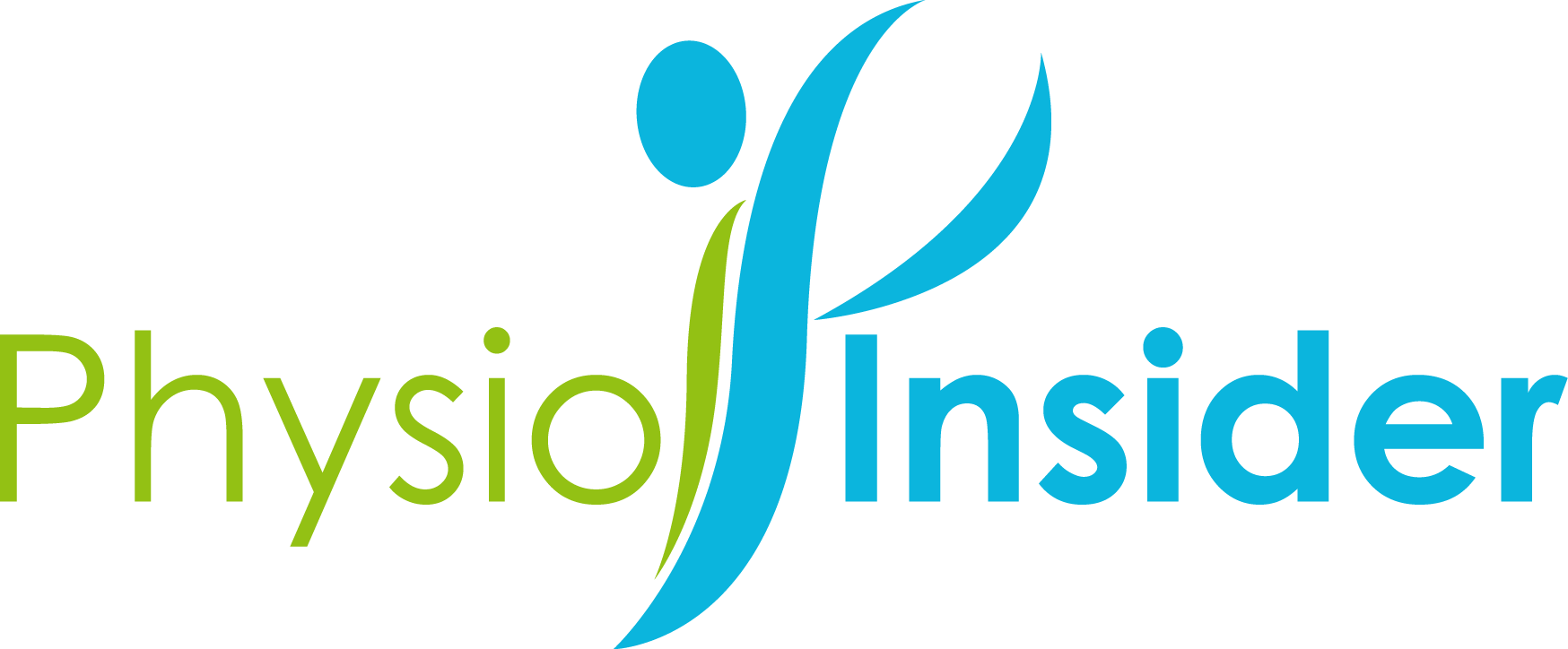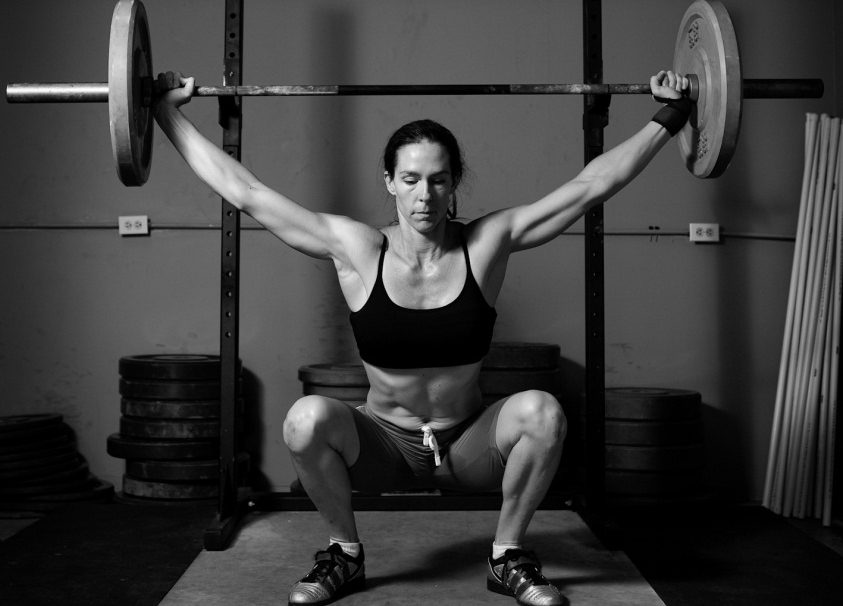Strengthening The Back For Non-Symptomatic Individuals:
When it comes to strengthening the back, we are often too advanced.. advanced in a sense that we often focus on the superficial muscle groups and neglect the deeper inner unit muscles. Building the back is like building a bridge, you need a solid foundation before laying down the rest of the layers.
Deep inner unit muscles are basically attached closest to spine and to the pelvis. When contracted, they act like a belt and holds the spine in place. In theory, inner unit muscles should contract way before we perform any movement with our limbs. These muscles are the backbone of our skeletal system providing stability to the spine and should be included in any strengthening program!!
PART I – STRENGTHENING OF THE INNER UNIT MUSCLES:
The two exercises below are meant to help you strengthen the inner unit muscles. Since most people are not aware of their existence, it might take a while to master these exercises. Just ensure that you are able to isolate the contraction of either the tranversus abdominus or the multifidus and not overcompensating with the more superficial muscles. Ideally, it would be best to be able to do 10 times 10 sec hold & as often as you can throughout the day; however you can start with 3-5 sec holds and build up the endurance gradually.
Transversus Abdominus Strengthening:
Note: The transversus abdominus is easier to train when lying flat on your back with knees bent; but it can be done even in the seated position or on a swiss ball for added difficulty.
Parameters: 1o times 10 sec hold if possible, if not start with 3-5 sec holds.
Muitifidus Strengthening Exercise:
Parameters: 1o times 10 sec hold if possible, if not start with 3-5 sec holds.
PART II – STRENGTHENING OF THE LOWER BACK:
Now that we have a solid foundation, we can start to lay out the other layers 🙂
*Parameters are provided, but they are not written in stone so feel free to reduce a set or two, decrease the number of repetitions, or take longer breaks in between sets as needed. There are also many different ways to train the same muscle group, feel free to use alternative ways if you are more comfortable with them.
Abdominals Strengthening Exercise:
Parameters: 3 sets 10 reps.
Side Planks Exercise:
Parameters: 3 times 30 sec hold on each side.
Bridging Exercise:
Bridging, which strengthens the gluteus maximus, is one of the best exercise for the back. When the gluteus maximus is strong, it stabilizes the pelvis, which in turns aligns the lower spine.
Parameters: 3 sets 10 reps; lower leg down slowly to focus on the eccentric phase.
“Clam” Exercise:
Parameters: 2 sets 10 reps on each side; lower leg down slowly. Progression: add Theraband around knees for increased resistance.
Hip Abduction Strengthening Exercise:
Parameters: 3 sets 10 reps; lower the leg slowly. Progression: add ankle weights to increase resistance.
Hip Adduction Strengthening Exercise:
Parameters: 3 sets 10 reps; lower the leg slowly. Note: make sure that the trunk is aligned with the leg on the bottom. Progression: add ankle weights to increase resistance.
Donkey Kicks Exercise:
Parameters: 3 sets 20 reps Note: Be careful not to twist and turn at the back when lifting the leg up.
“Superman” Exercise:
Parameters: 20 – 30 times alternating left and right.
Squats:
Squatting is a great exercise since it trains your knees and hips so you would not stress your back when doing any lifting. Parameters: 3 sets 10 reps; rise up slowly to focus on the eccentric phase, this way you can build muscles faster. Progression: hold on to dumbells/ use a barbell.
Lunges:
Parameters: 3 sets 10 reps; rise up slowly. Progression: hold on to dumbells on each hand when lunging.

